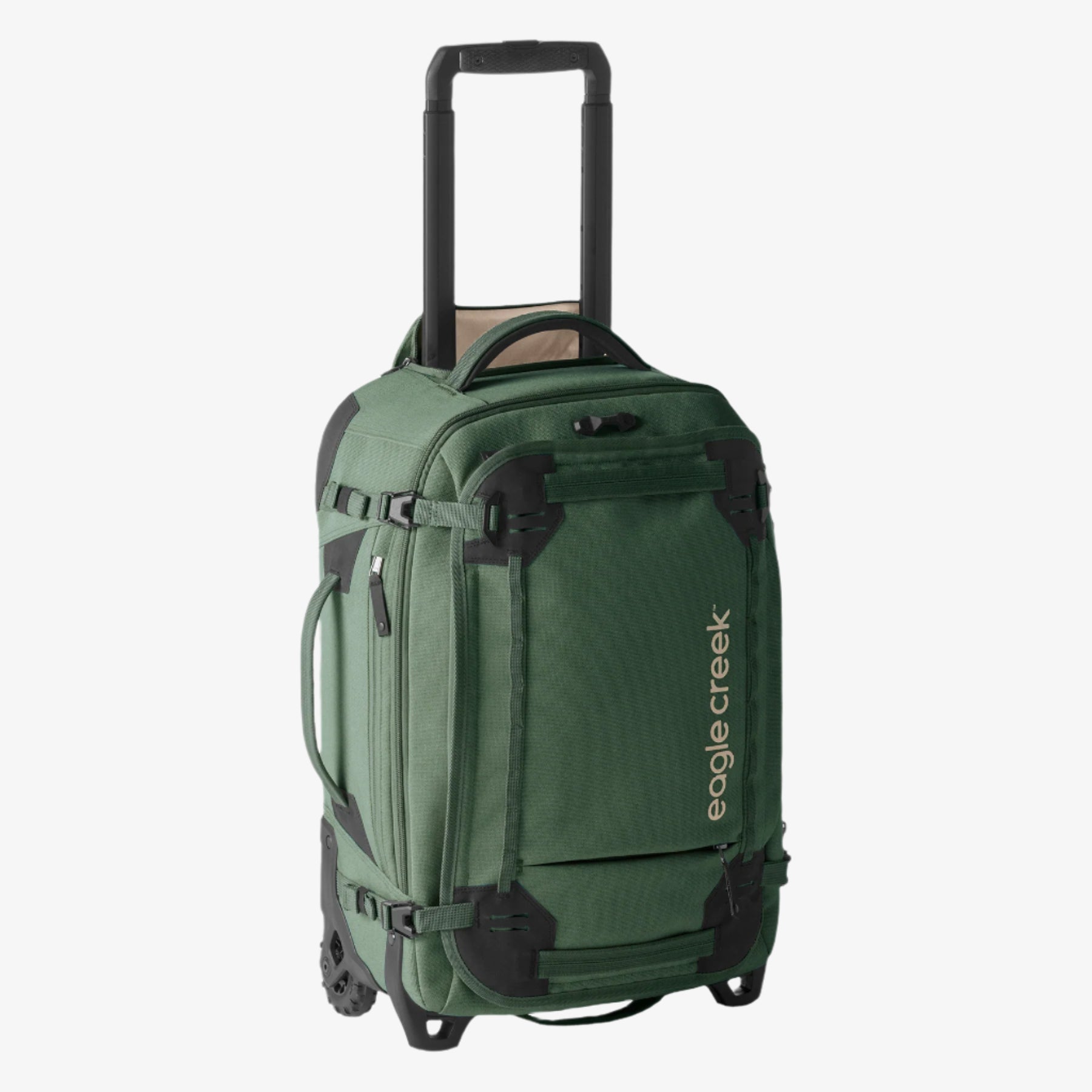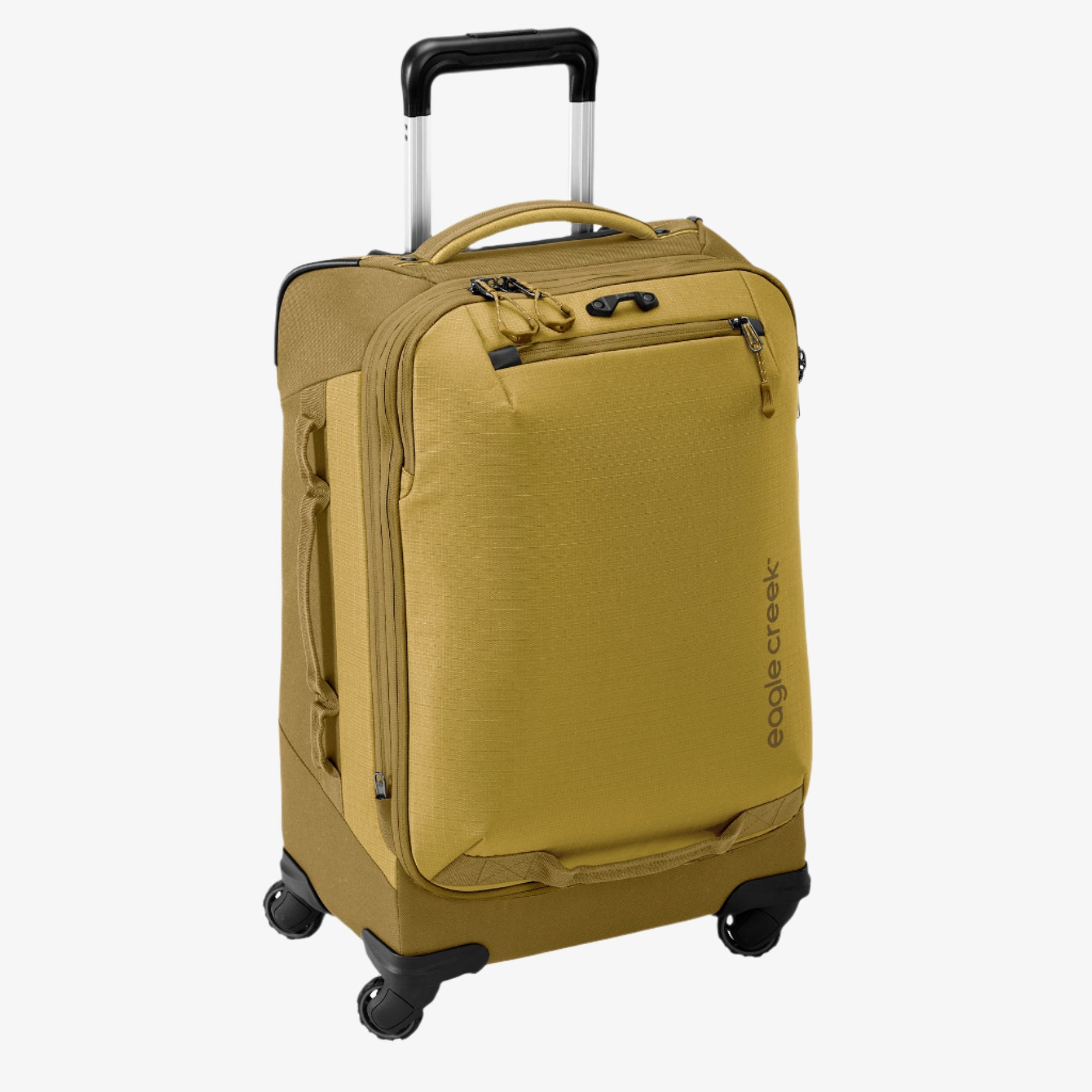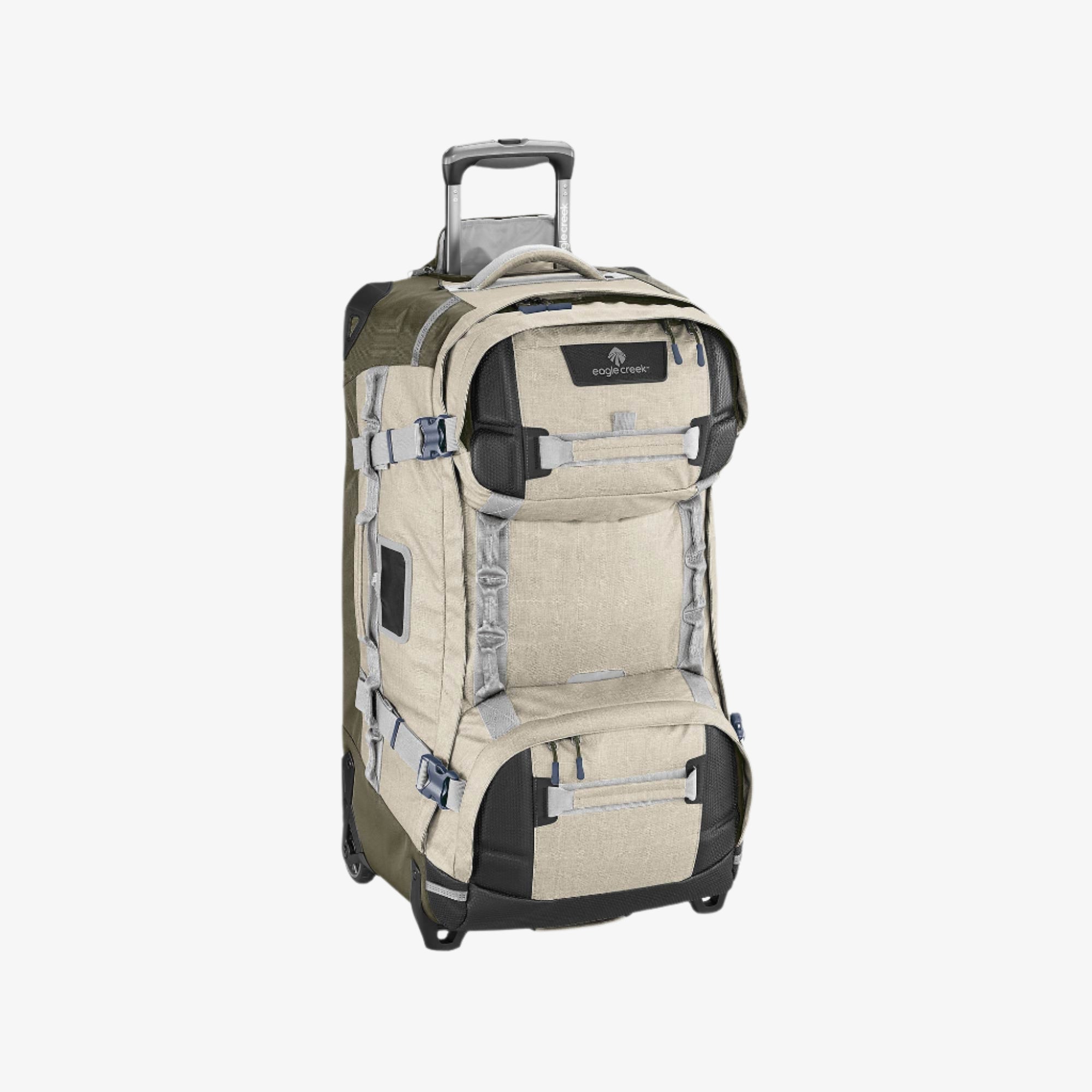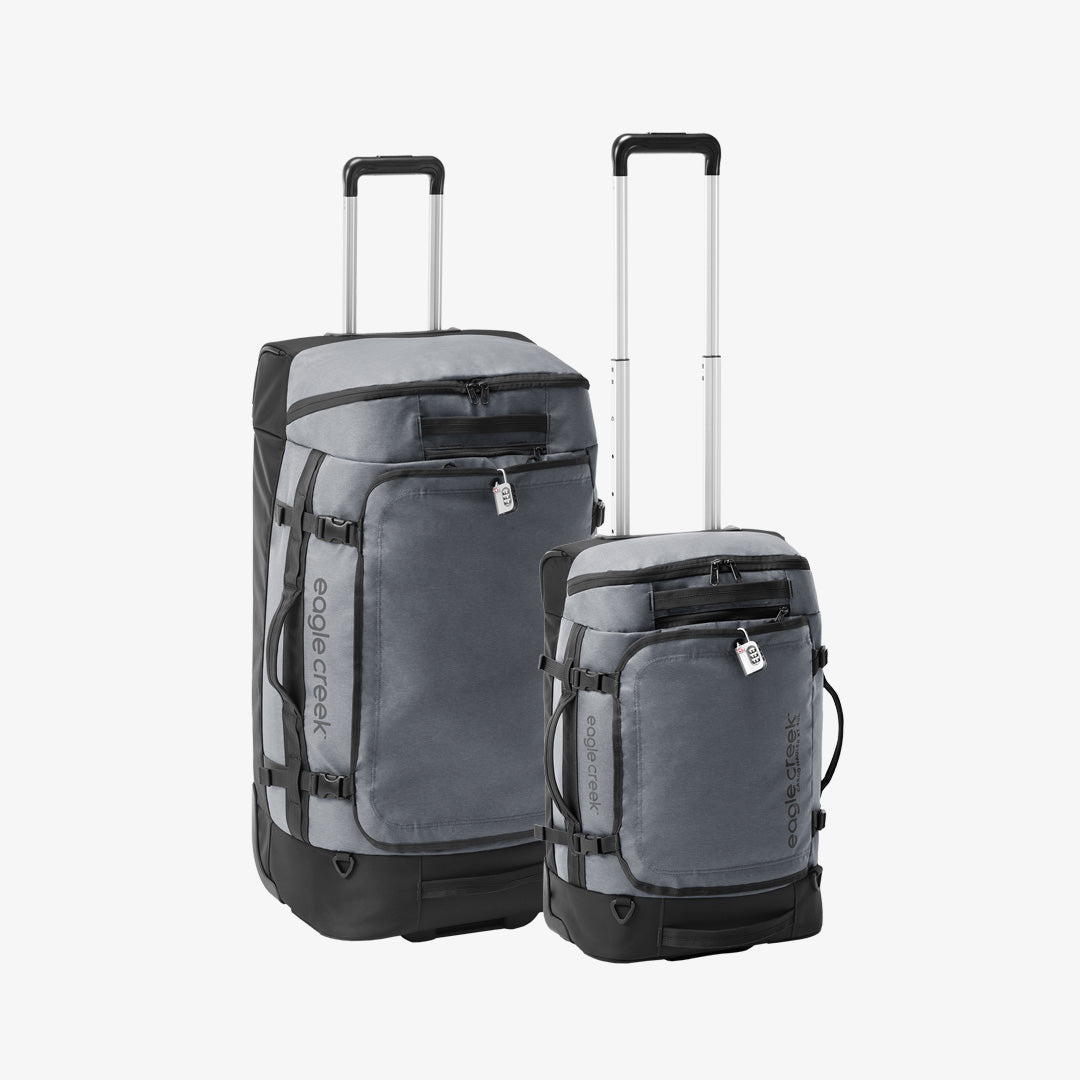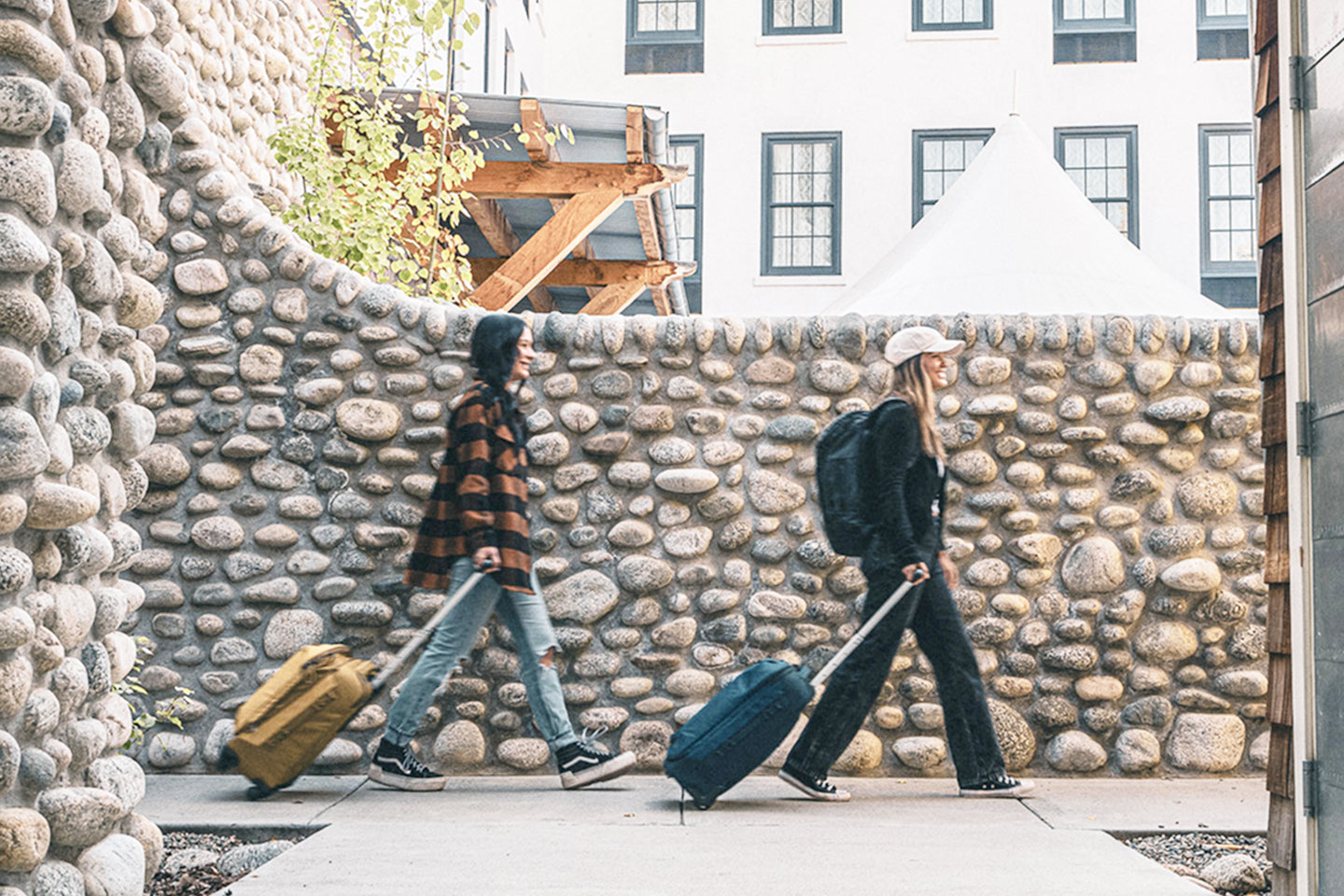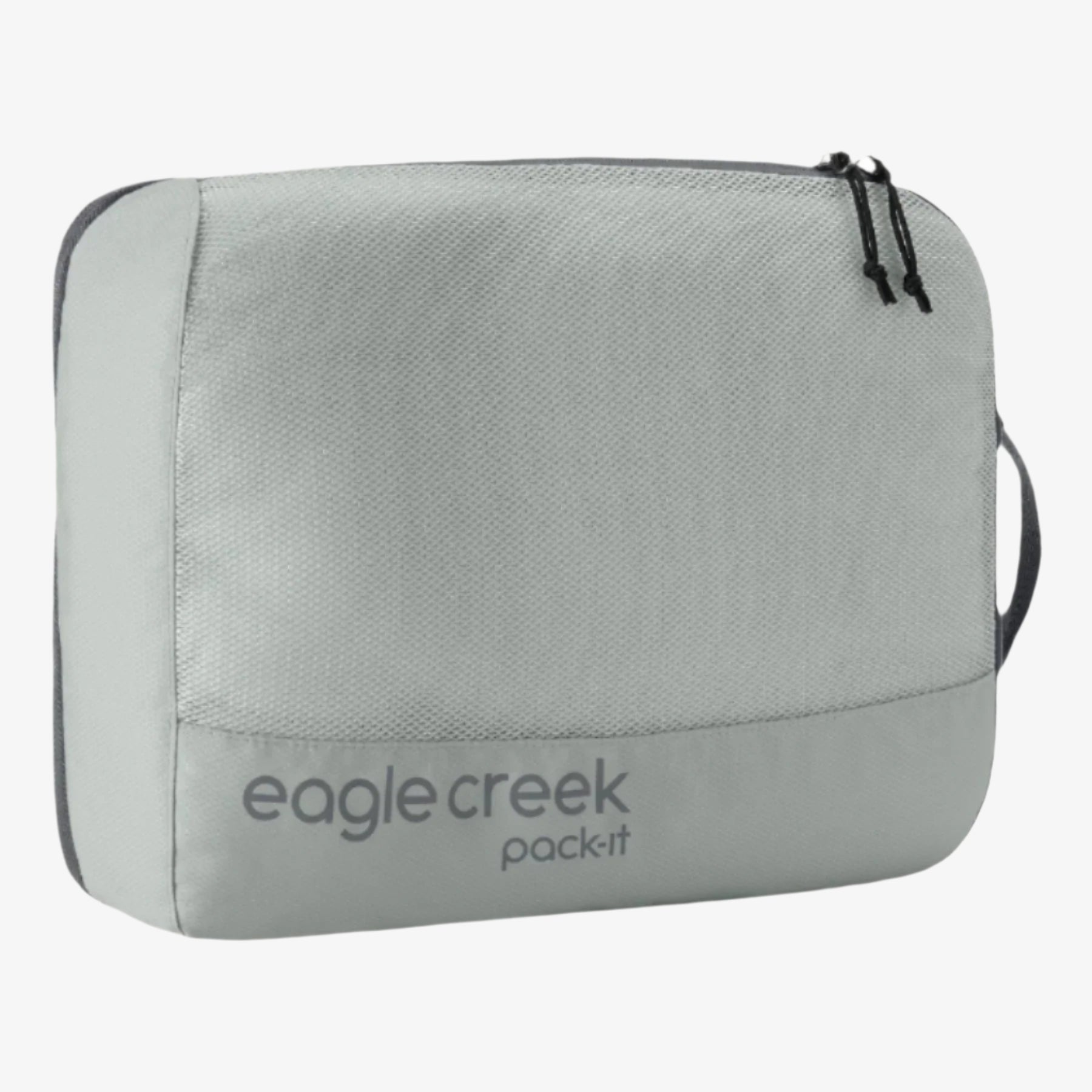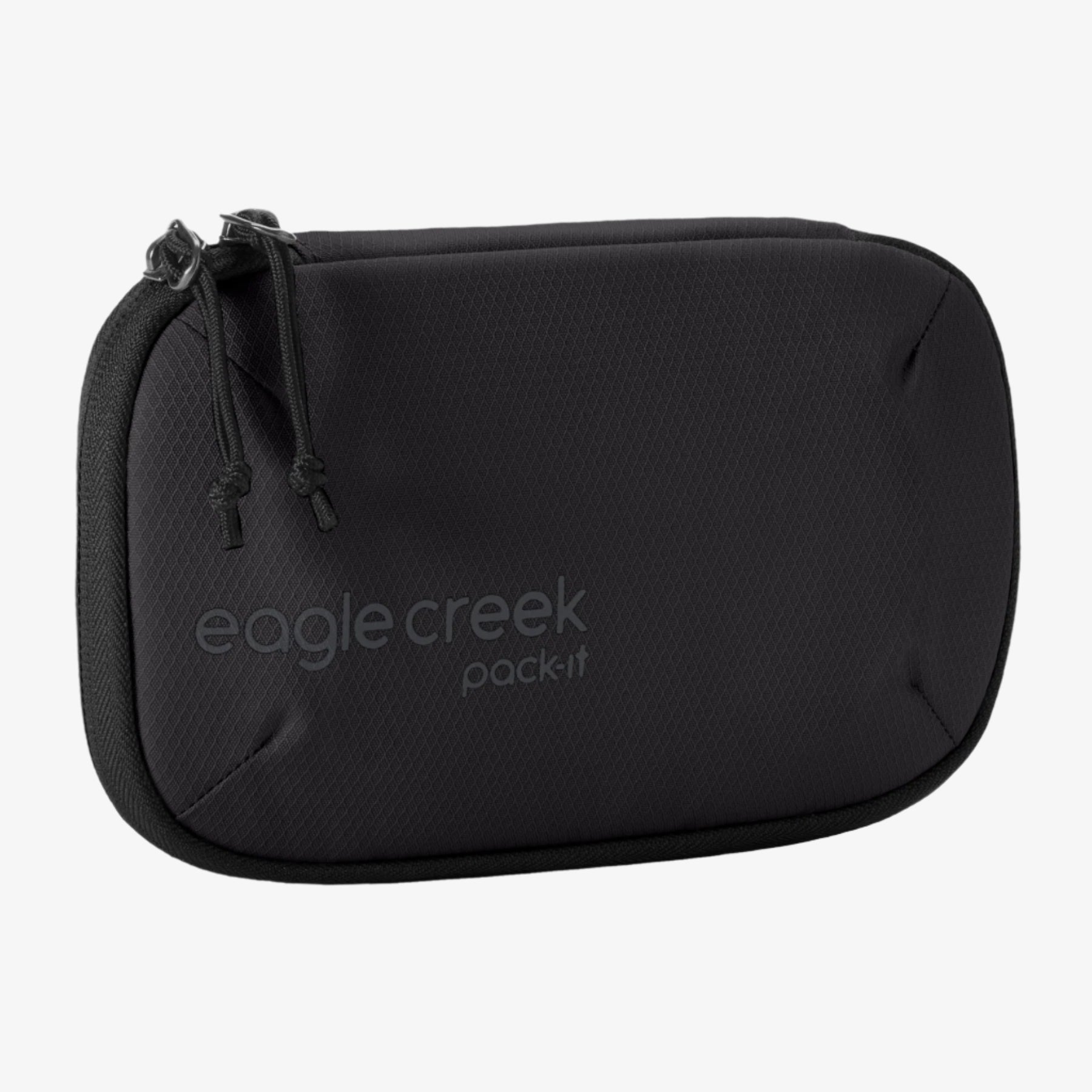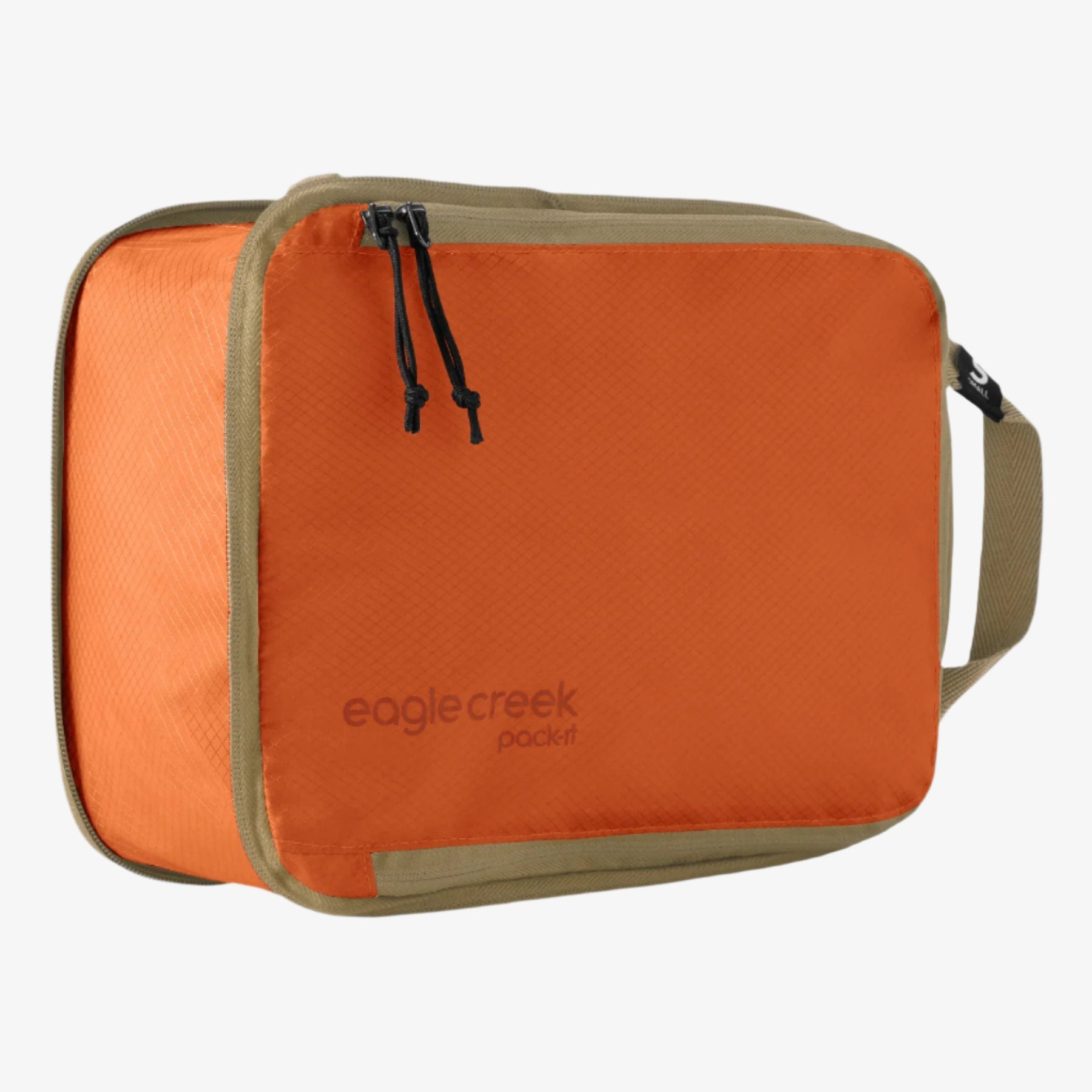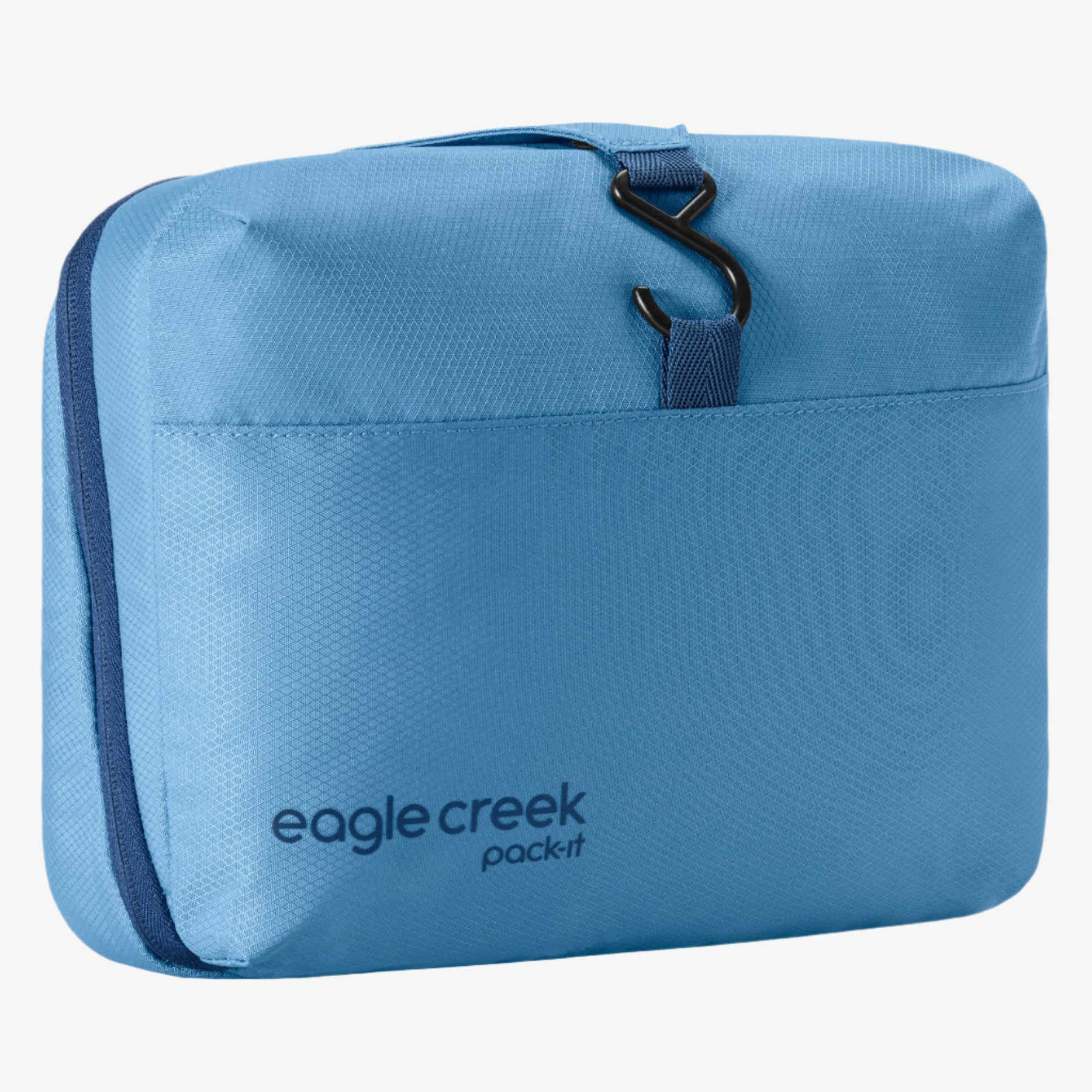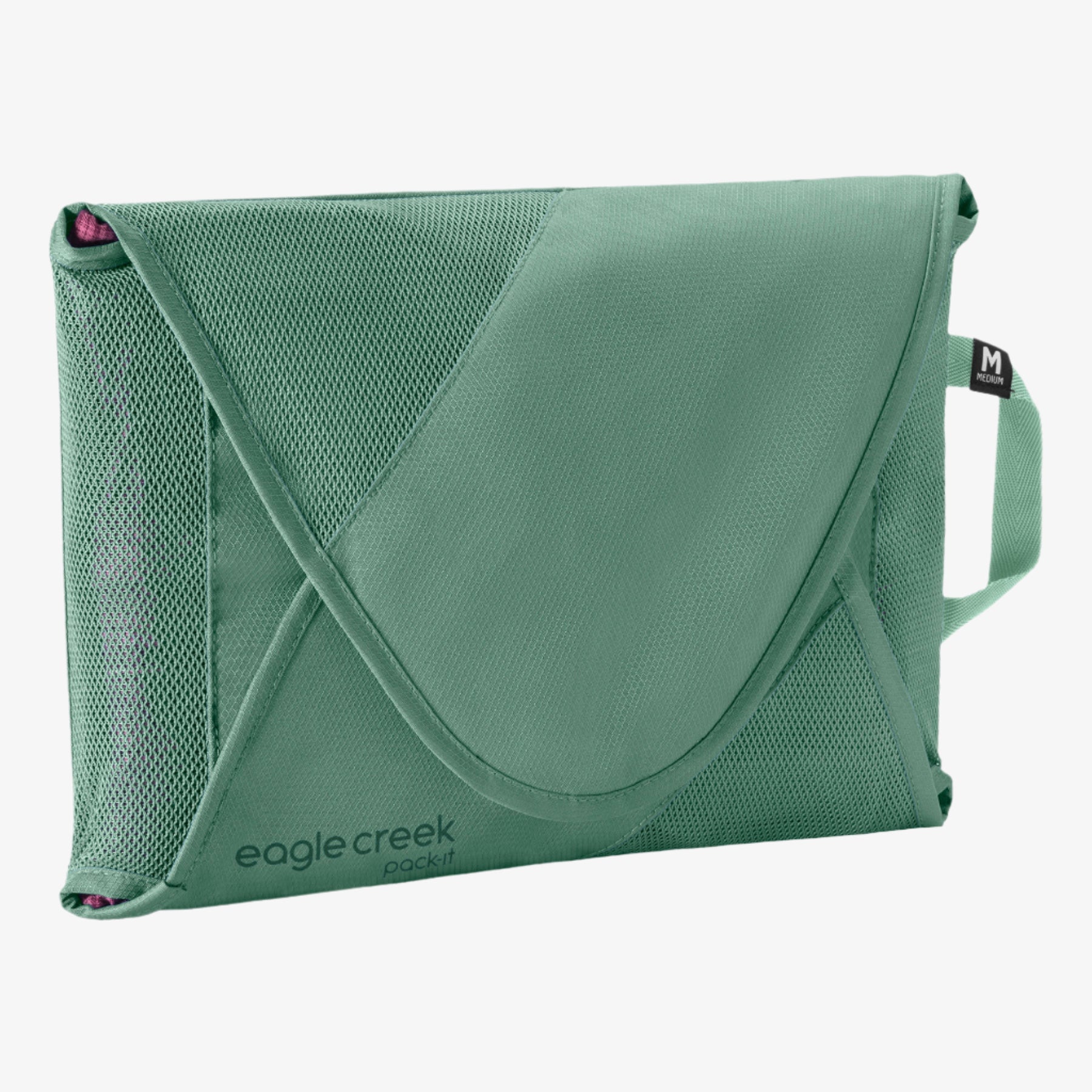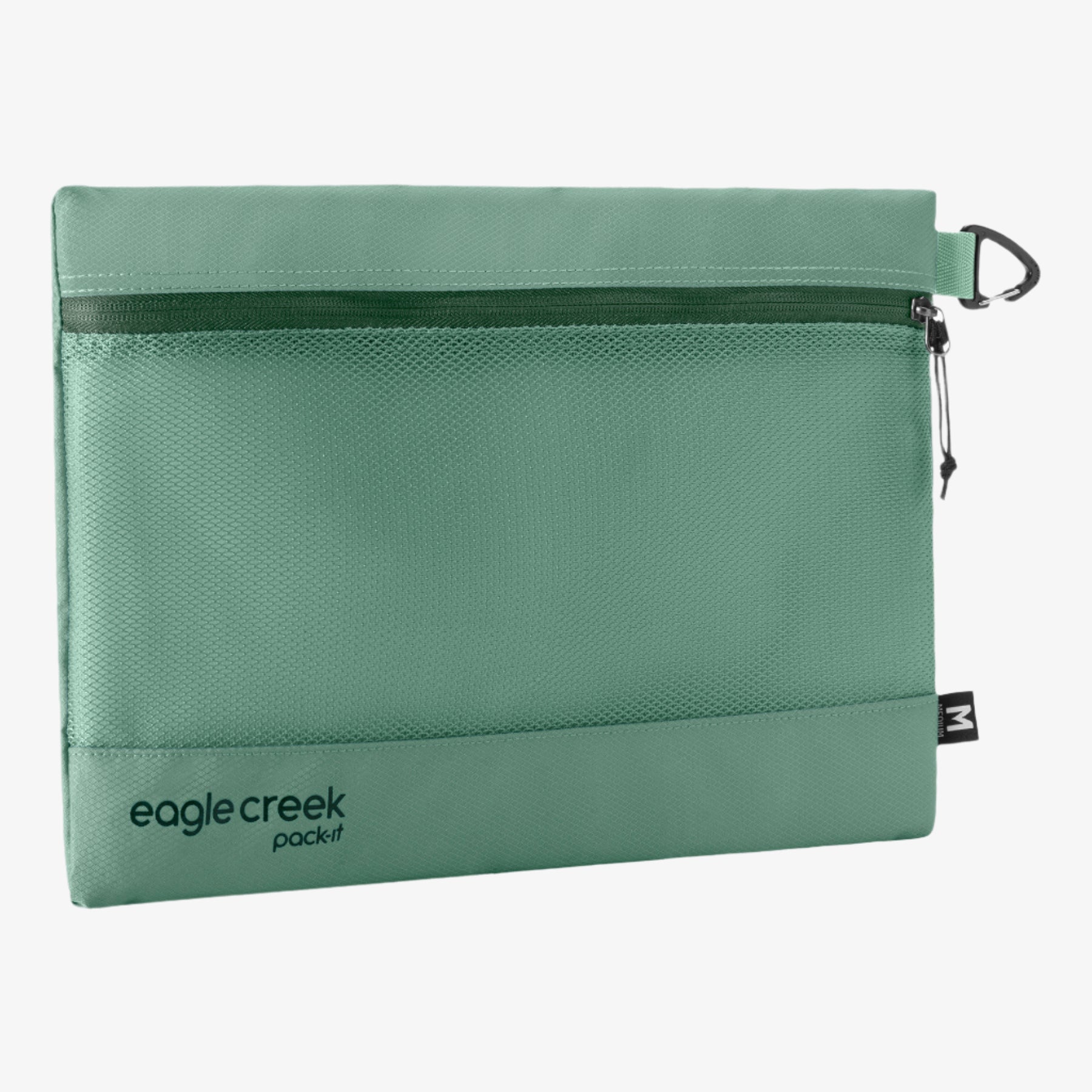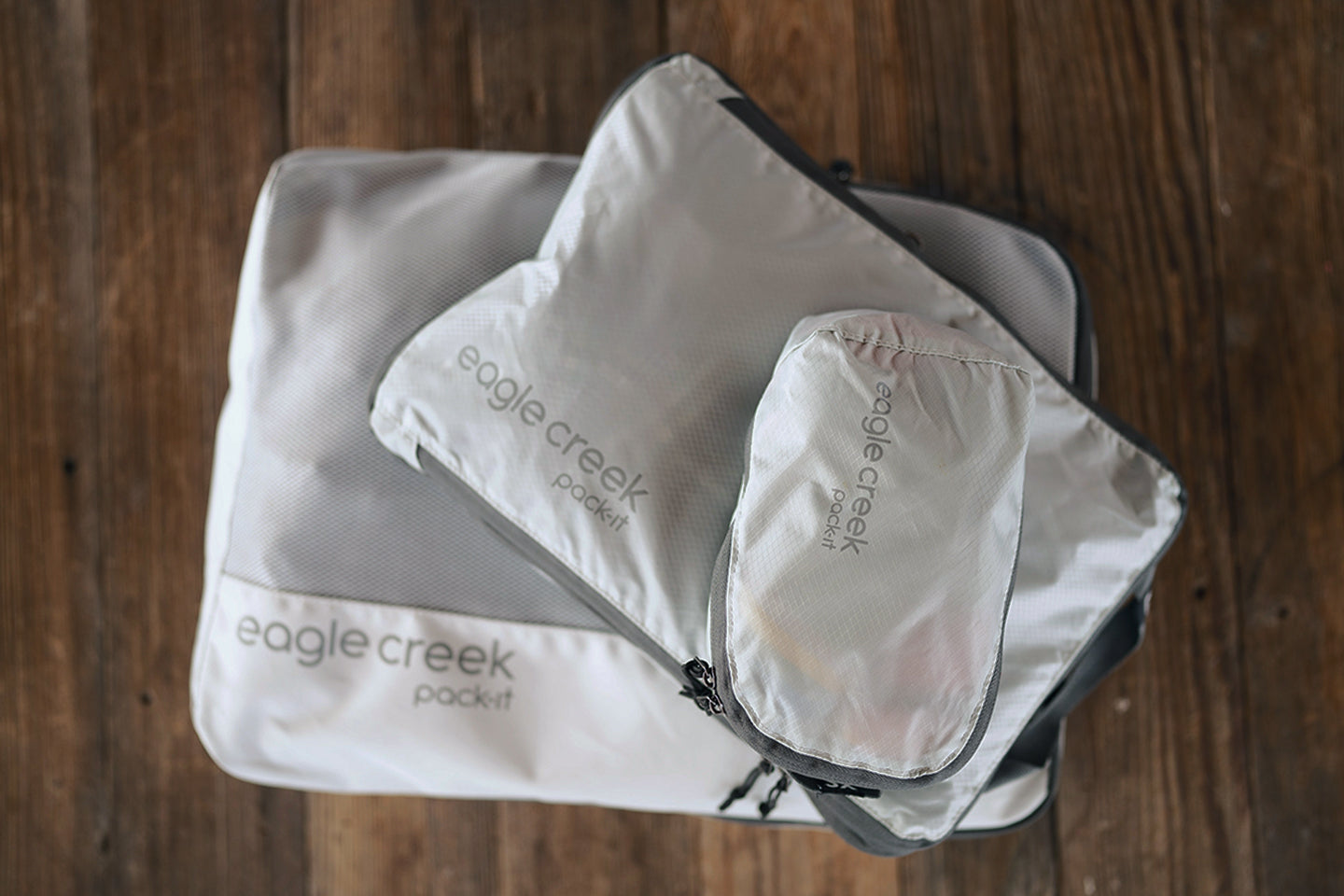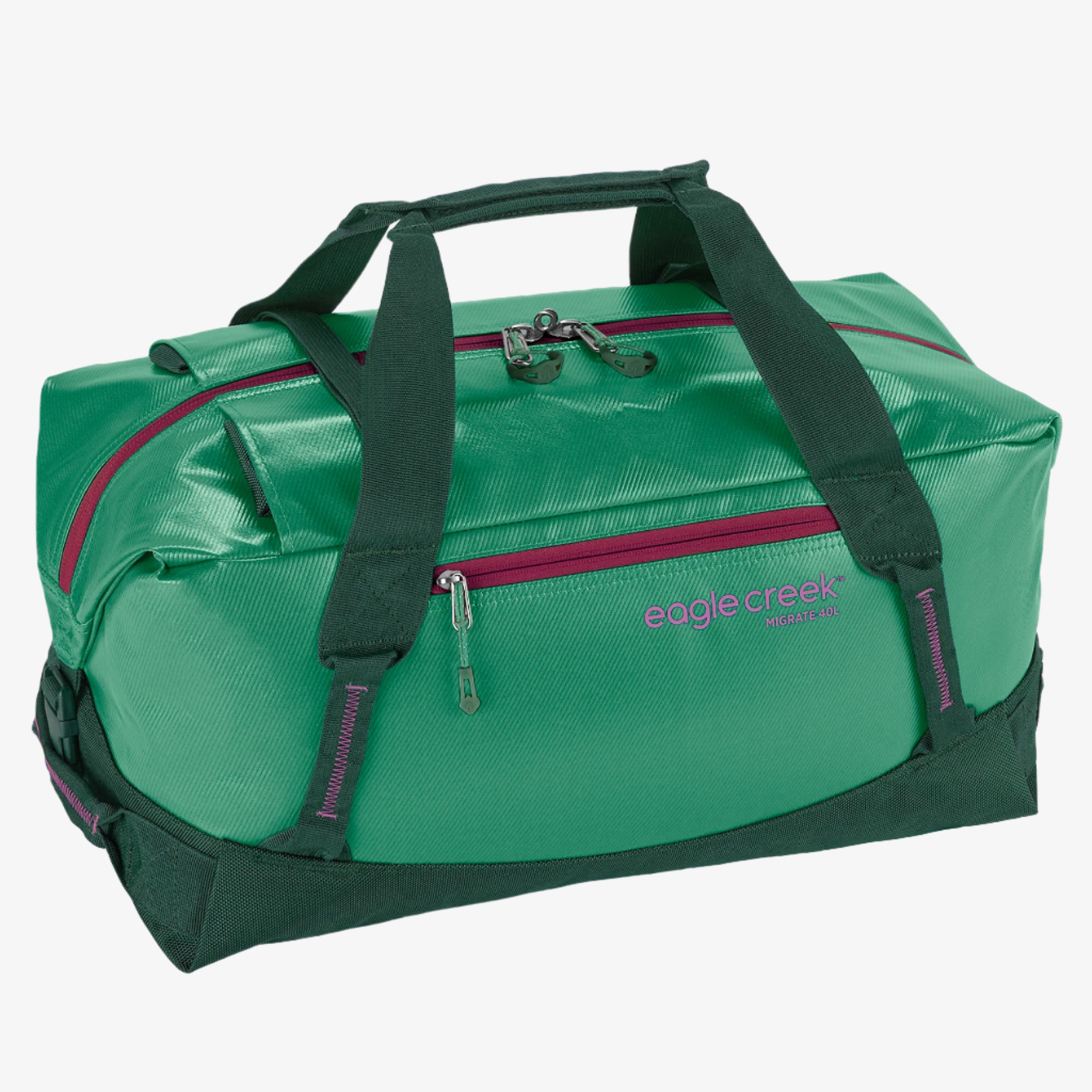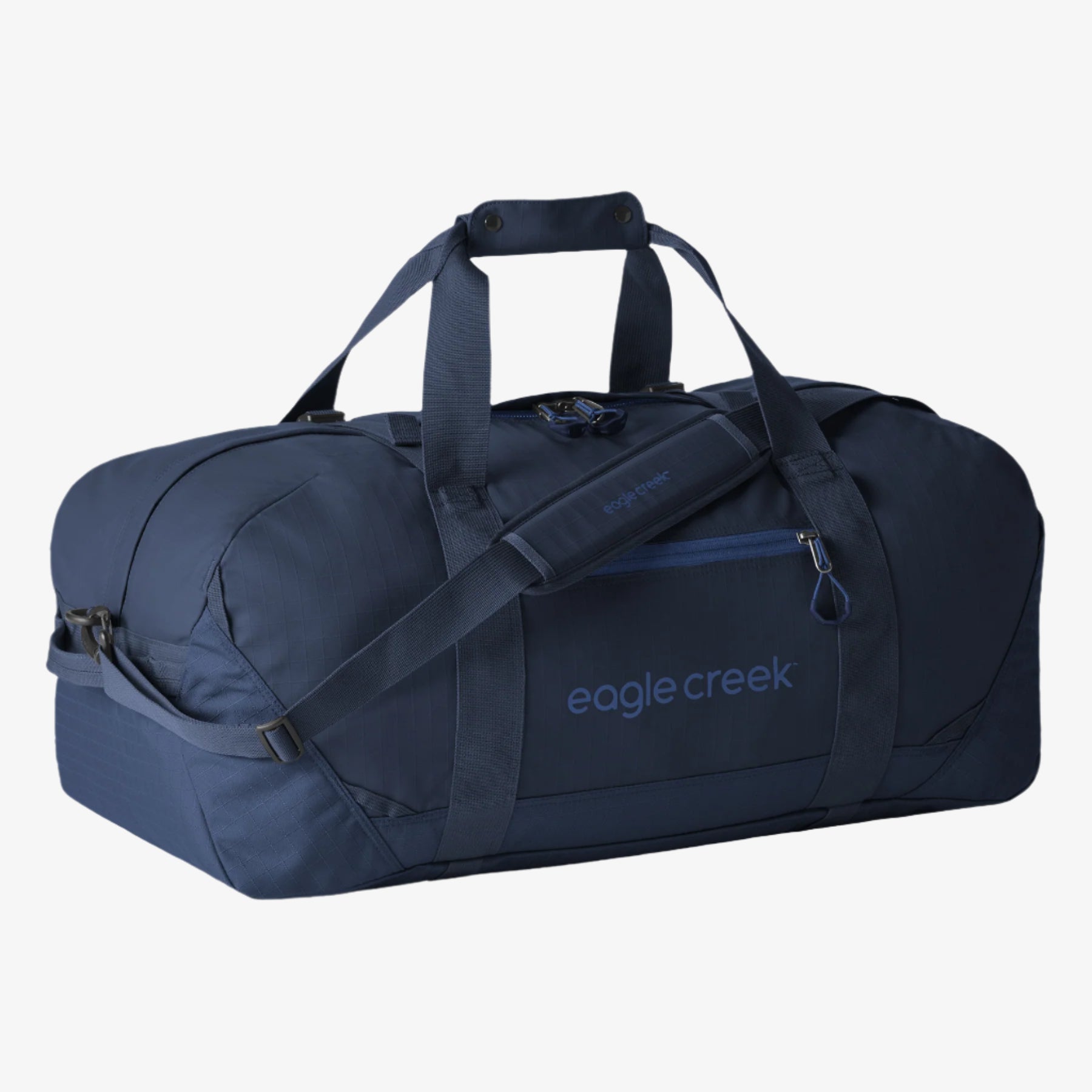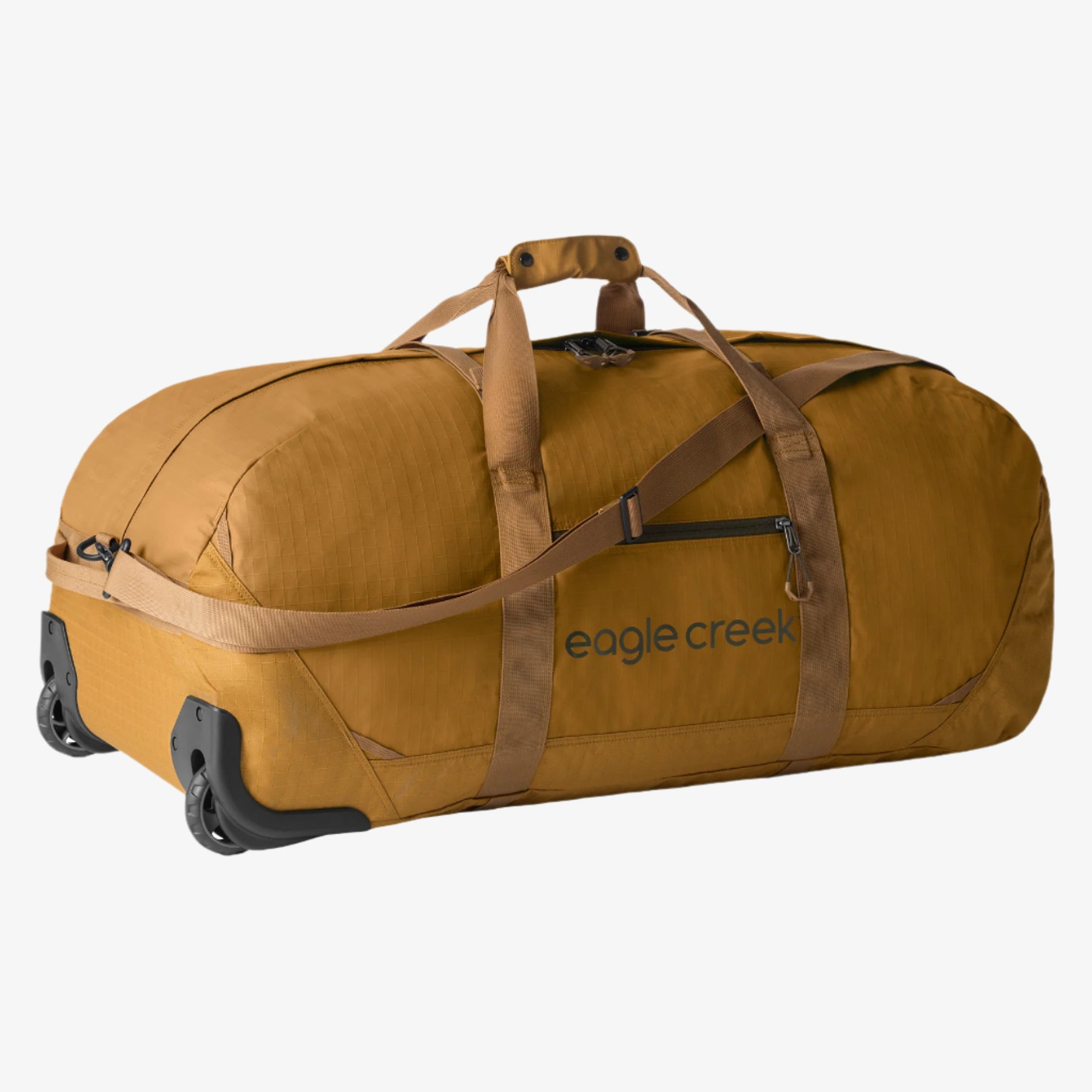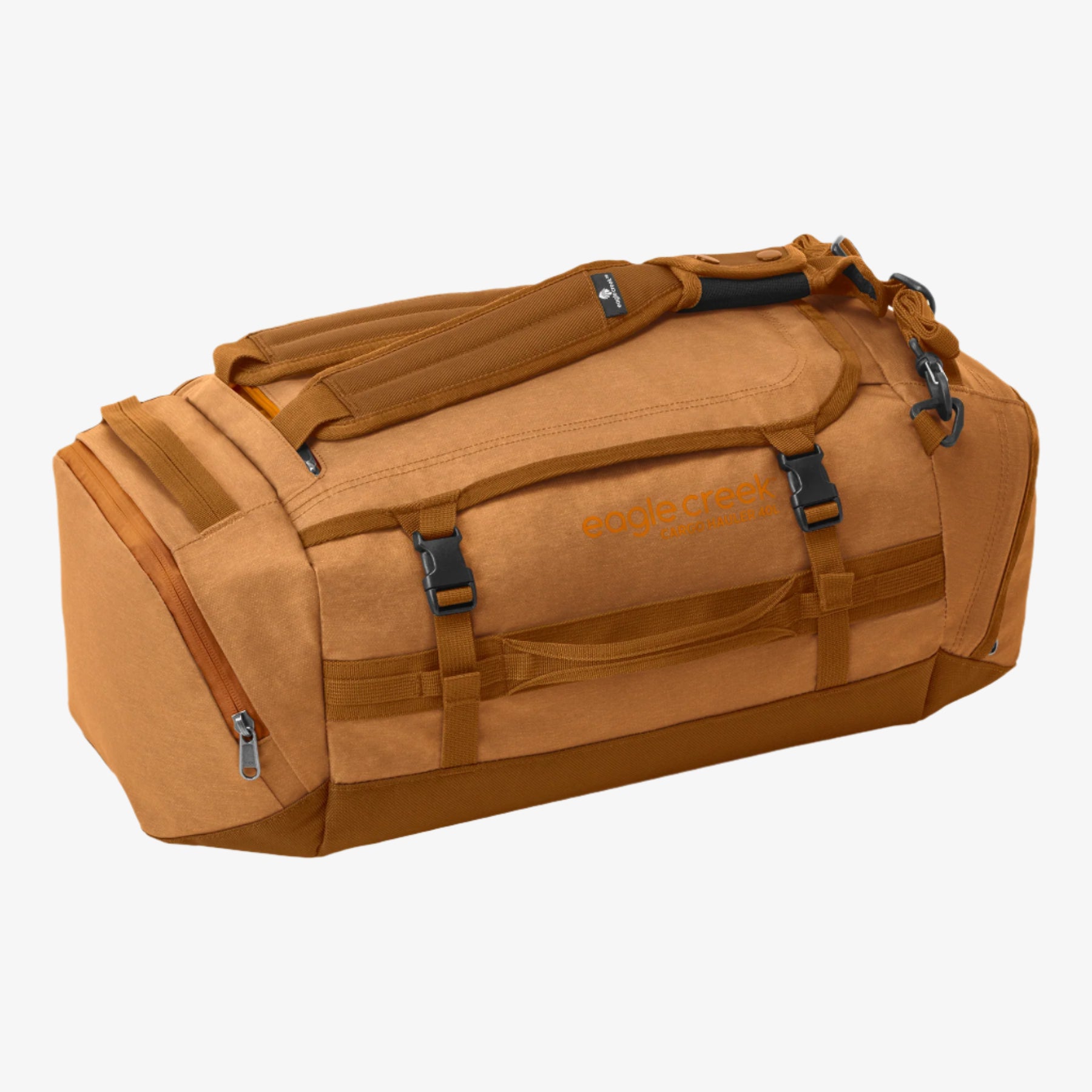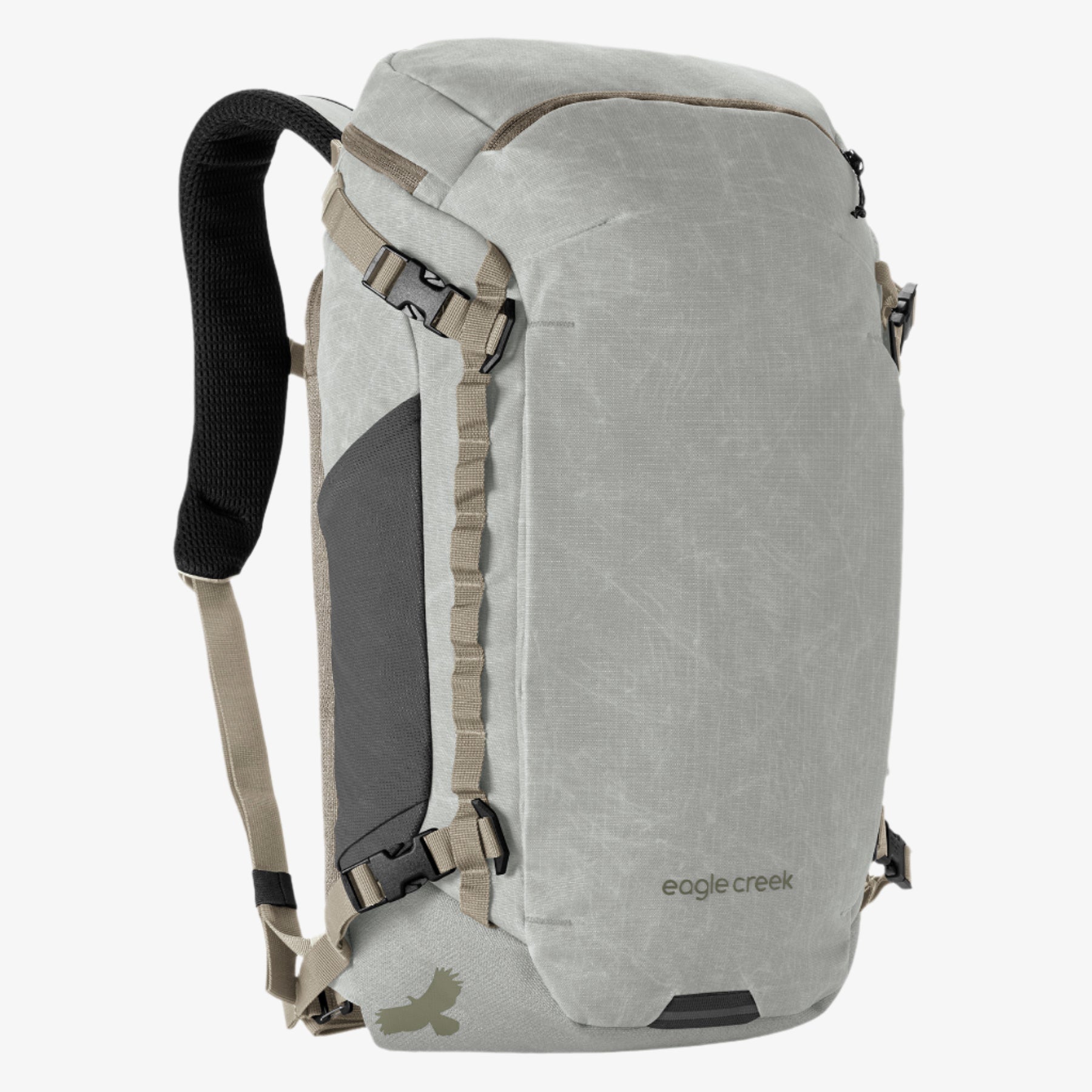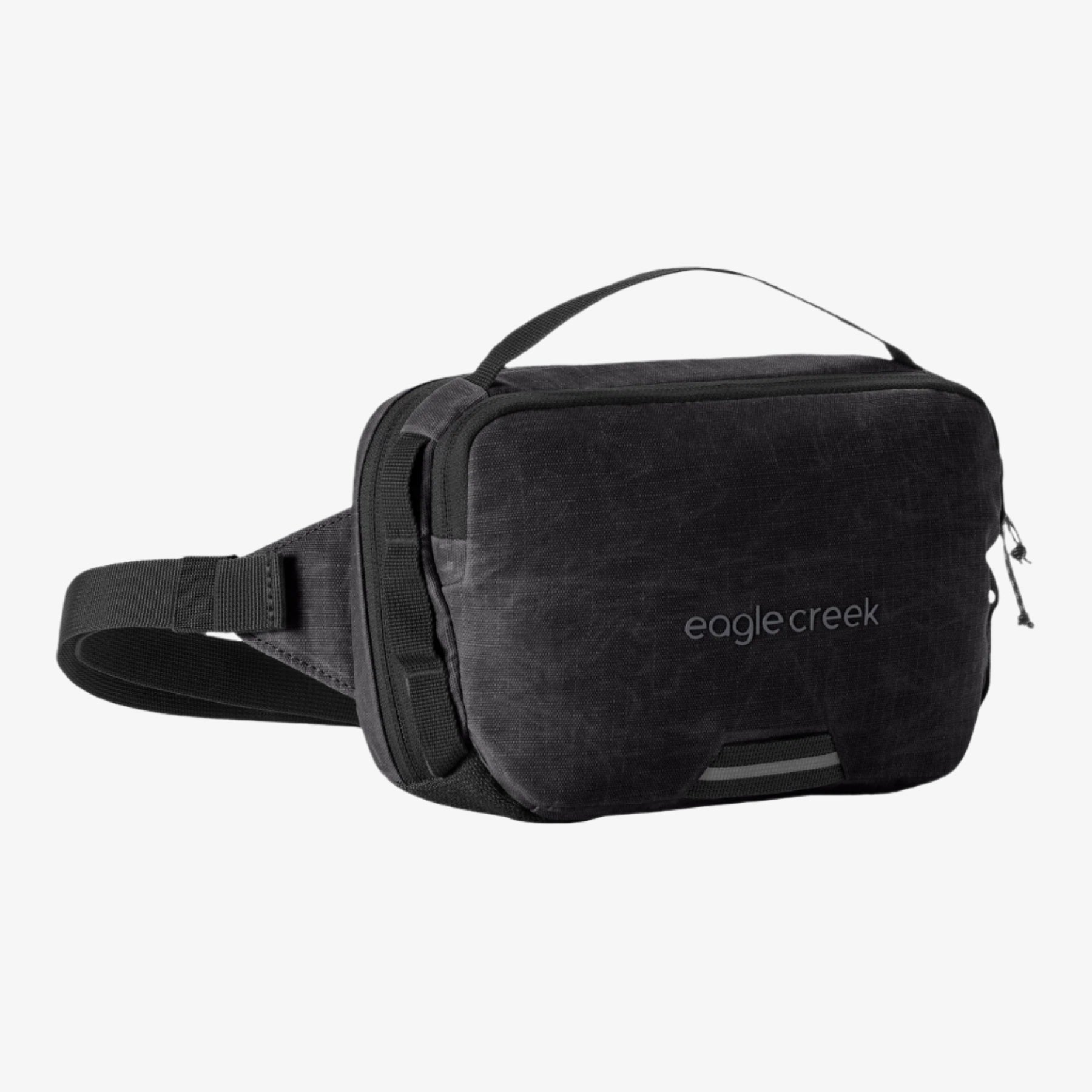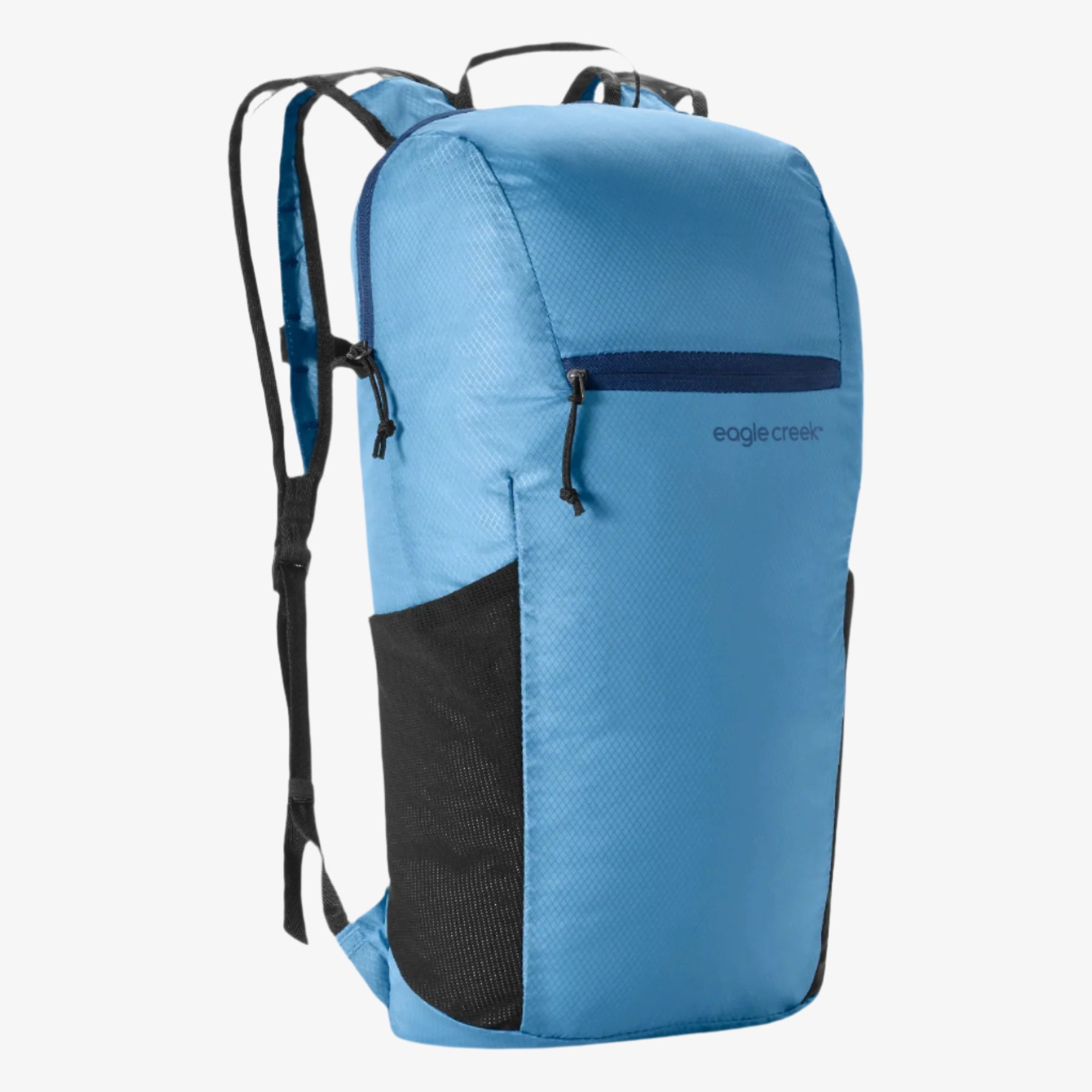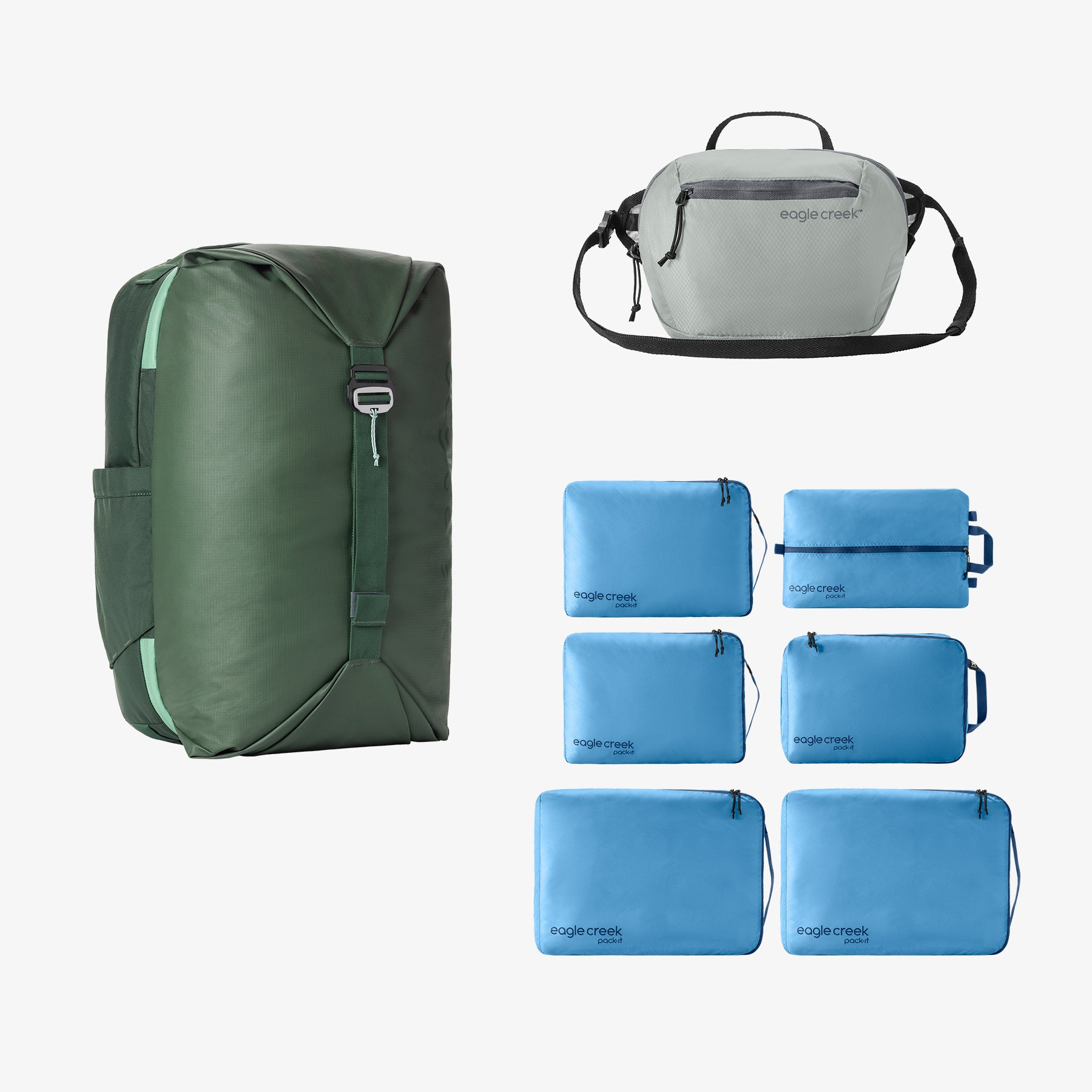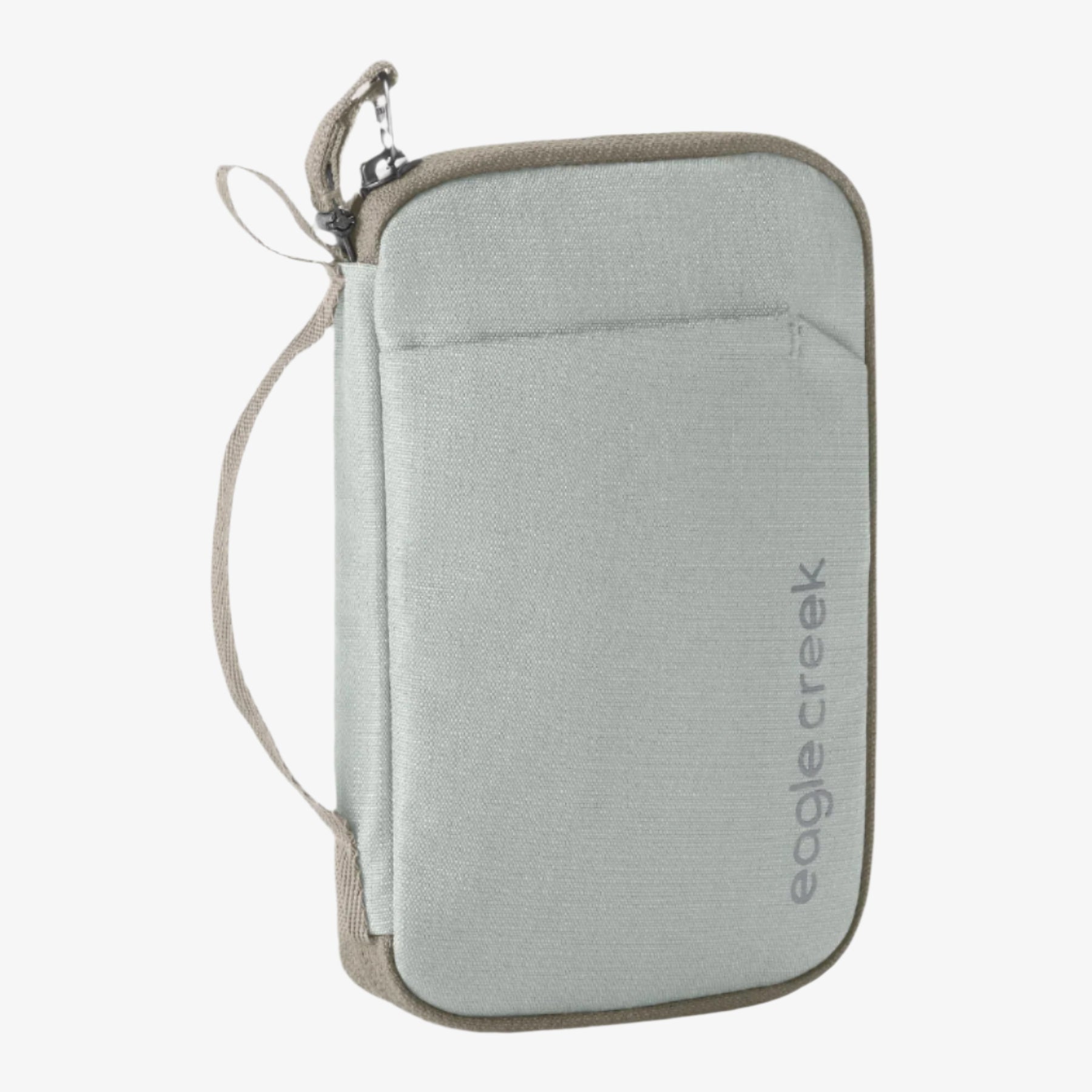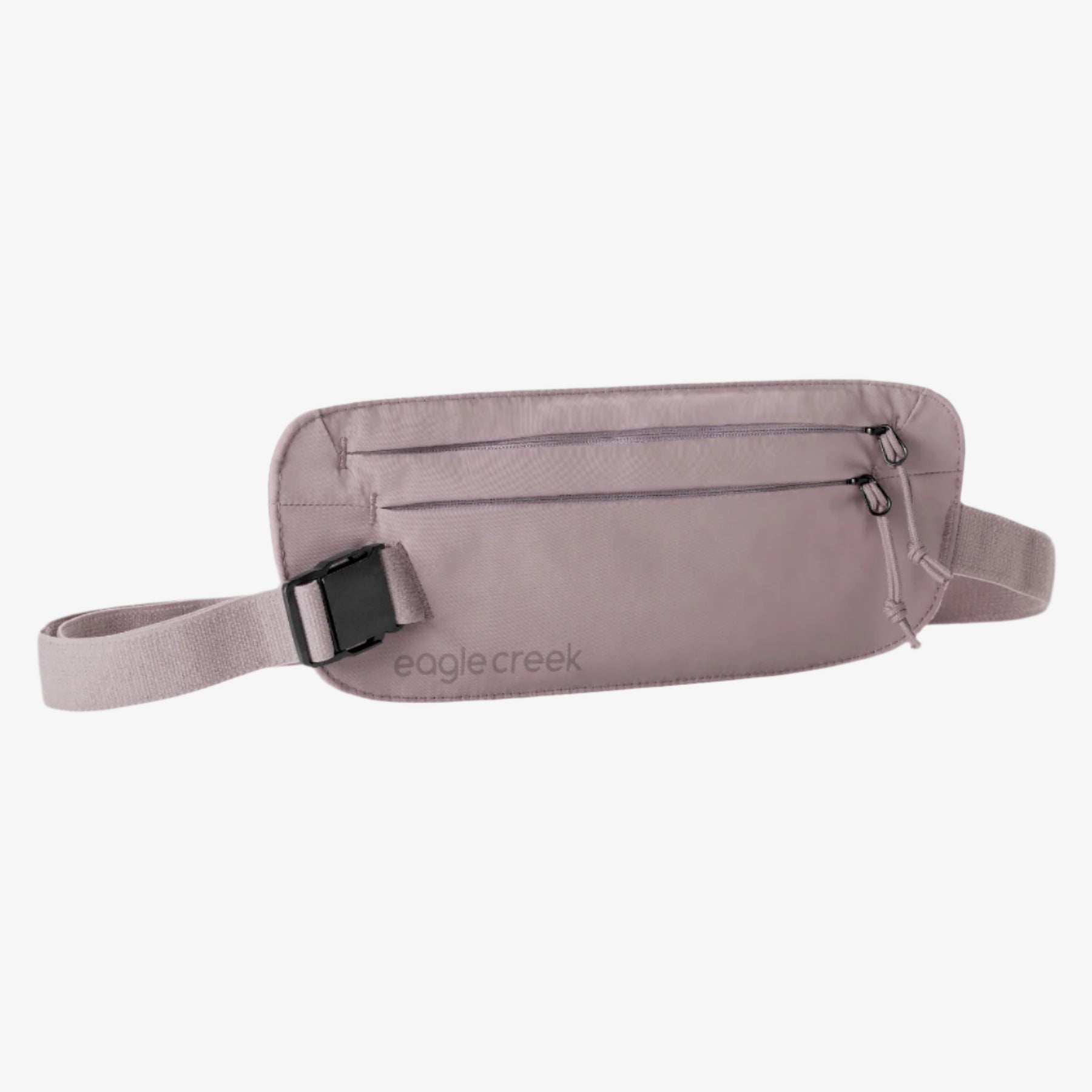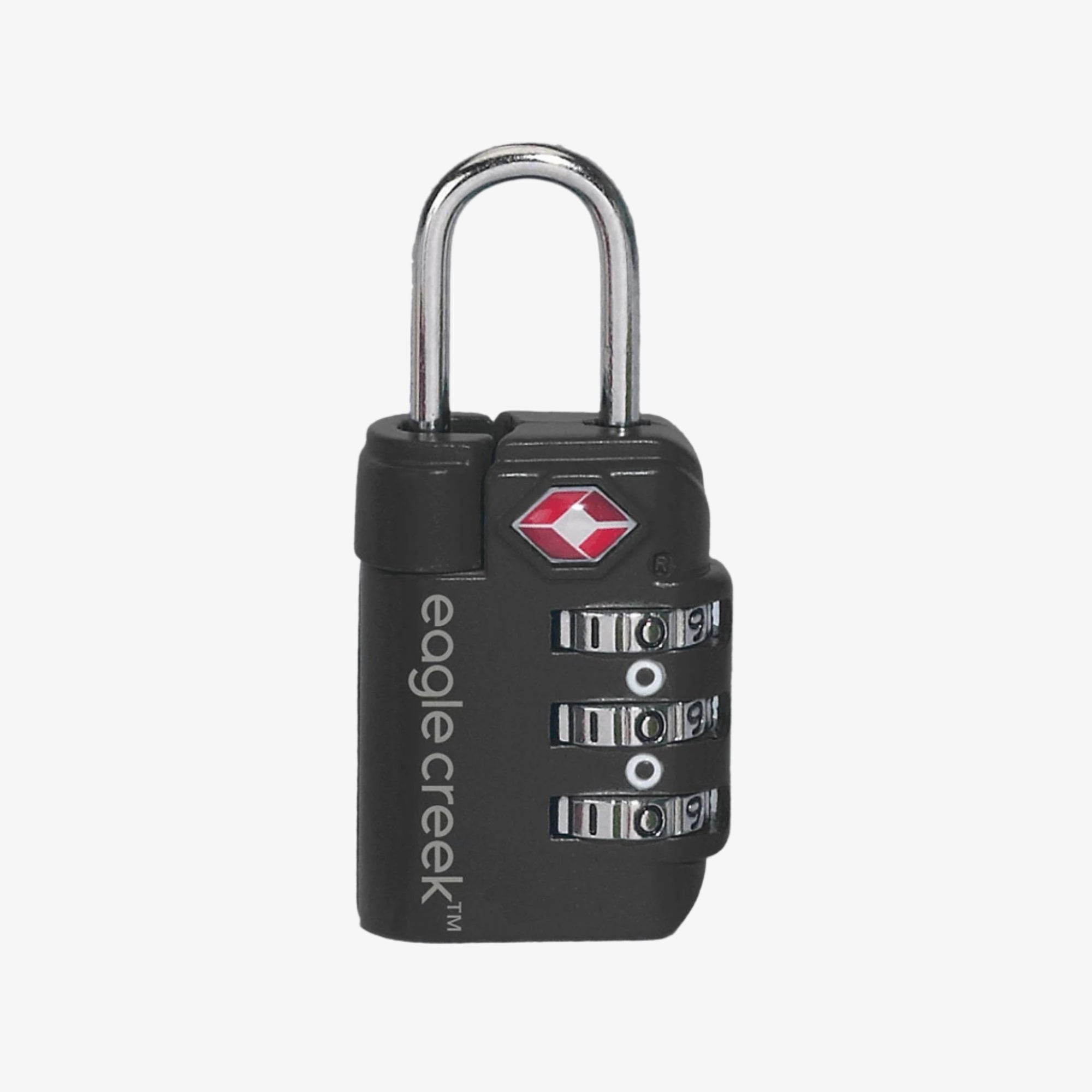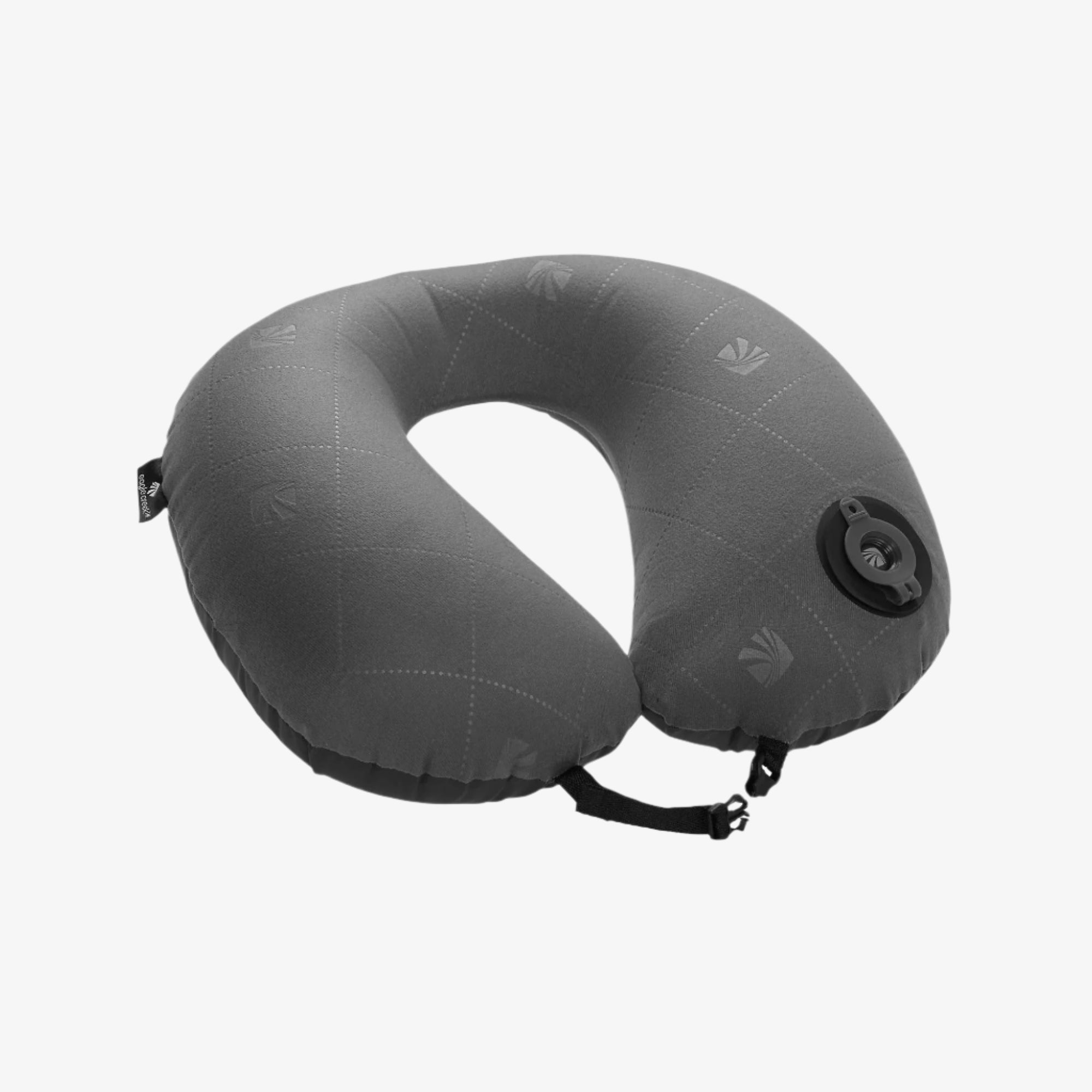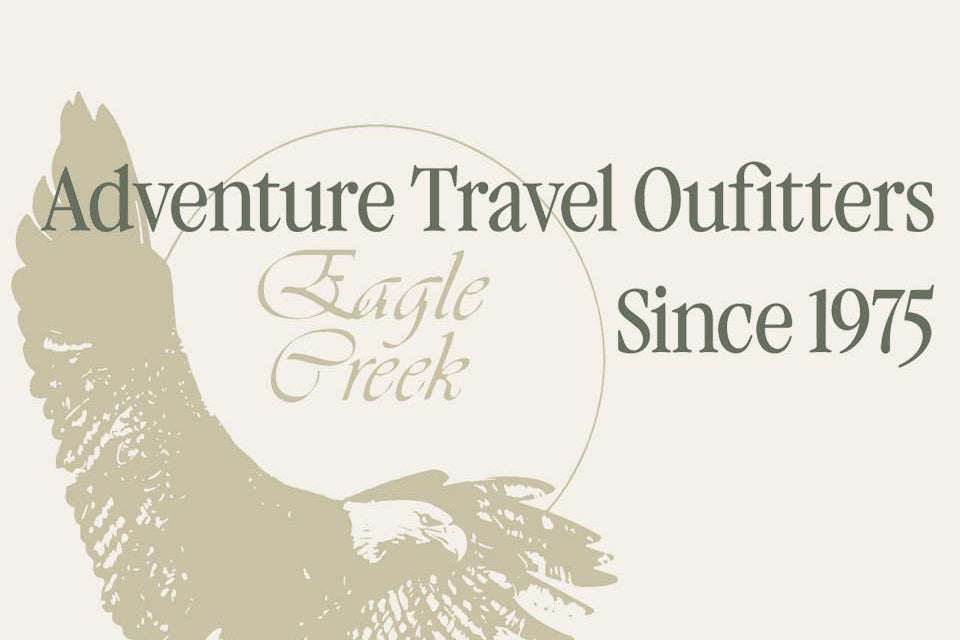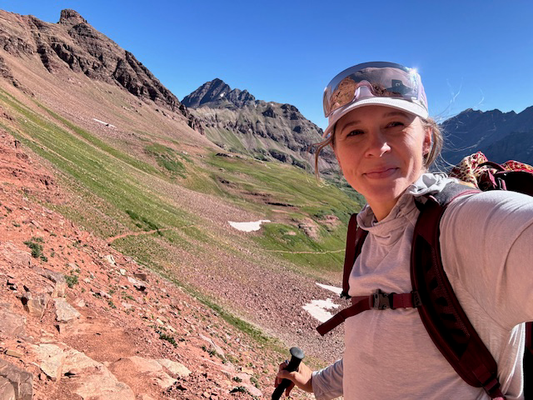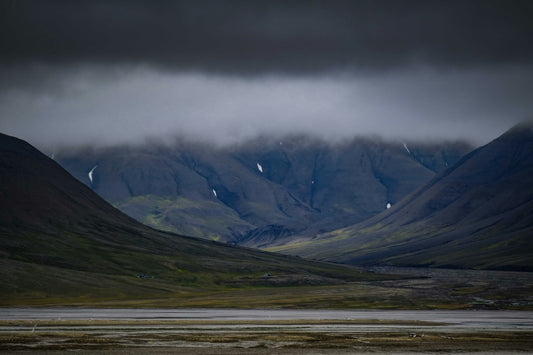How To Plan and Pack For a River Trip
River trips require a different approach to packing than backpacking or even car camping. Using a raft to carry your gear allows for more space and luxuries than a backpack, but weight considerations are still important. That’s why a strategic approach to packing and managing gear is so essential, versus something like day planning for river tubing. You want to keep everything dry while having important items accessible throughout the day. Get your system dialed and you can go explore rivers from the Yukon to Argentina with the same gear.
Packing Your Camp
Your camp items deserve a special dry bag to ensure they are packed away safely on the water. You don’t need access until you reach camp so these bags tend to live on the bottom of your gear pile. Store your tent, sleeping bag, pillow and essentials like a headlamp in this bag. I like to pack my toothbrush and some lounging clothes in this bag as well. Use packing cubes to separate your tent clothing and items from the remainder of your camp gear. That makes it easy to get changed into something comfortable while setting up a tent for the evening. I use a big PVC river pad for sleeping and it stays exposed in the boat. These river pads are extra comfortable and they shed water. They can also double as a padded seat inside the raft.
Organizing the Kitchen
Camp kitchens are best organized in a hard kitchen box. Use a roll up table, camp stove, and bring enamelware plates and bowls that are easy to wash. Your entire kitchen can live in a single box where everything is organized internally. Pack your spices and dry goods in this box as well. Food and drinks can be separated into your cooler. Dry food can also be stored away in a soft sided style cooler. On long trips, consider bringing a bigger, refillable propane canister with a hose attachment to the stove. It offers cost savings and eliminates disposable canisters from the equation.
Clothing and Personal Items
Clothing is often an afterthought on river trips but your layers function as critical safety gear on the river. You might launch in full sunshine while wearing shorts and sandals but the weather can change and the cold is amplified by the fact that you’re camping adjacent to the water. Temperature swings are radical on rivers and it pays to carry a good base, mid, and heavy layer. Bring an extra set of clothes just for camp and keep all of your unworn clothing in a good dry bag. Carry a day bag on top of the gear pile with a rain jacket and anything you might want while rowing, paddling, or lounging on the raft throughout the day. A quick access pouch clipped to a raft frame or strap is handy for quick grab items. Don’t forget to keep your bug spray and SPF handy at all times.
On cold weather trips, wearing a wetsuit with a dry top or a full drysuit is not uncommon. During the summer however, normal shorts and shirts are the norm. Wear shoes or sandals made for the water and bring a pair of hiking shoes if you plan on hitting side canyons and exploring on foot. You can always store those shoes in a protective bag to prevent spreading mud and dirt to your other clothing as well.
Don’t Skip the Luxuries
Rafting trips allow space for some extra gear and it’s a good idea to bring a few luxury items. Trips with layover camp days will especially benefit from some entertainment. Bring a solar charger and portable battery system for camera batteries and speakers. Music is always a nice camp addition. Many rafters will even carry along a guitar and other instruments for the campsite. Games like Bocce Ball, cards, and a cribbage board are worth packing as well. Lastly, bring your favorite camp chair to relax in.
When you start planning a big river trip, make a list of your gear and organize it into dry bags in advance to make sure everything fits. After you develop a good system, it becomes second nature and your process for loading and unloading gear will be streamlined and efficient.
Discover some of the top spots for river trips across the country.


